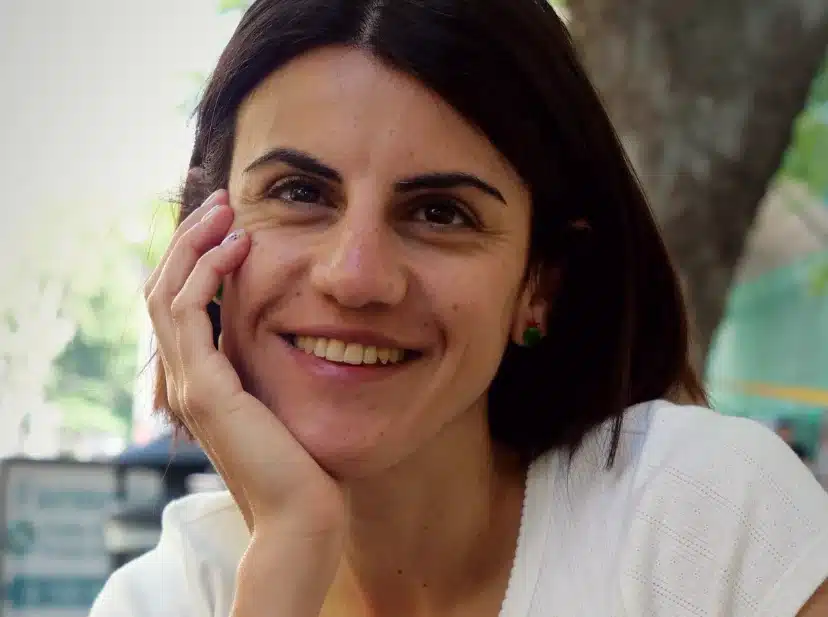Uses of “Più” and Its Combinations
The Italian word più means “more” in English. However, it can appear in several different combinations, each with its own specific usage and meaning.
Different Forms of “Più”
| Più | More | Used in comparative statements |
| Di più | More | Adverbial phrase used only after verbs |
| In più | More / In addition | Indicates something added to an existing quantity |
| Non… più | Not… anymore | Used in negative sentences |
Più (comparative):
Use “più di” when comparing people or things
- Marco è più alto di Paolo. (Marco is taller than Paolo.)
- Questa casa è più cara di quella. (This house is more expensive than that one.)
- Carla guadagna più di suo marito. (Carla makes more money than her husband.)
Di più (after verbs):
“Di più” is an adverbial phrase used after verbs and means “more.”
It is used in two main situations:
- When not followed by a direct object (standing alone).
- When followed by a time expression or another adverbial phrase.
For example:
- Voglio studiare di più. (I want to study more.)
- Voglio allenarmi di più quest’anno. (I want to train more this year.)
However, when “di più” directly modifies a noun (i.e., when it is followed by a direct object), we use “più” instead:
- Vorrei studiare più italiano*. (I would like to study more Italian.)
- Voglio mangiare più frutta*. (I would like to eat more fruit.)
*direct objects
In più (additional)
“In più” is a phrase that means “more” or “in addition.” It is used to indicate that something is added to an existing quantity and can refer to both tangible and intangible things.
For example:
- Vorrei una bottiglia d’acqua in più. (I would like one extra bottle of water.)
- Ho comprato due libri in più. (I bought two additional books.)
- Ci sono dieci euro in più nel conto. (There are ten extra euros in the account.)
Non…più (not…anymore)
“Non più” means “not… anymore” and is used in negative sentences. The pattern to follow is “non + verb + più.”
For example:
- Non vado più in quella palestra. (I don’t go to that gym anymore.)
- Non mangio più carne. (I don’t eat meat anymore.)
Pronunciation of ‘più’
“Più” is spelled with an accent on the last vowel, which means you must stress the pronunciation of the “u.” It sounds like this: “pyuh.”









